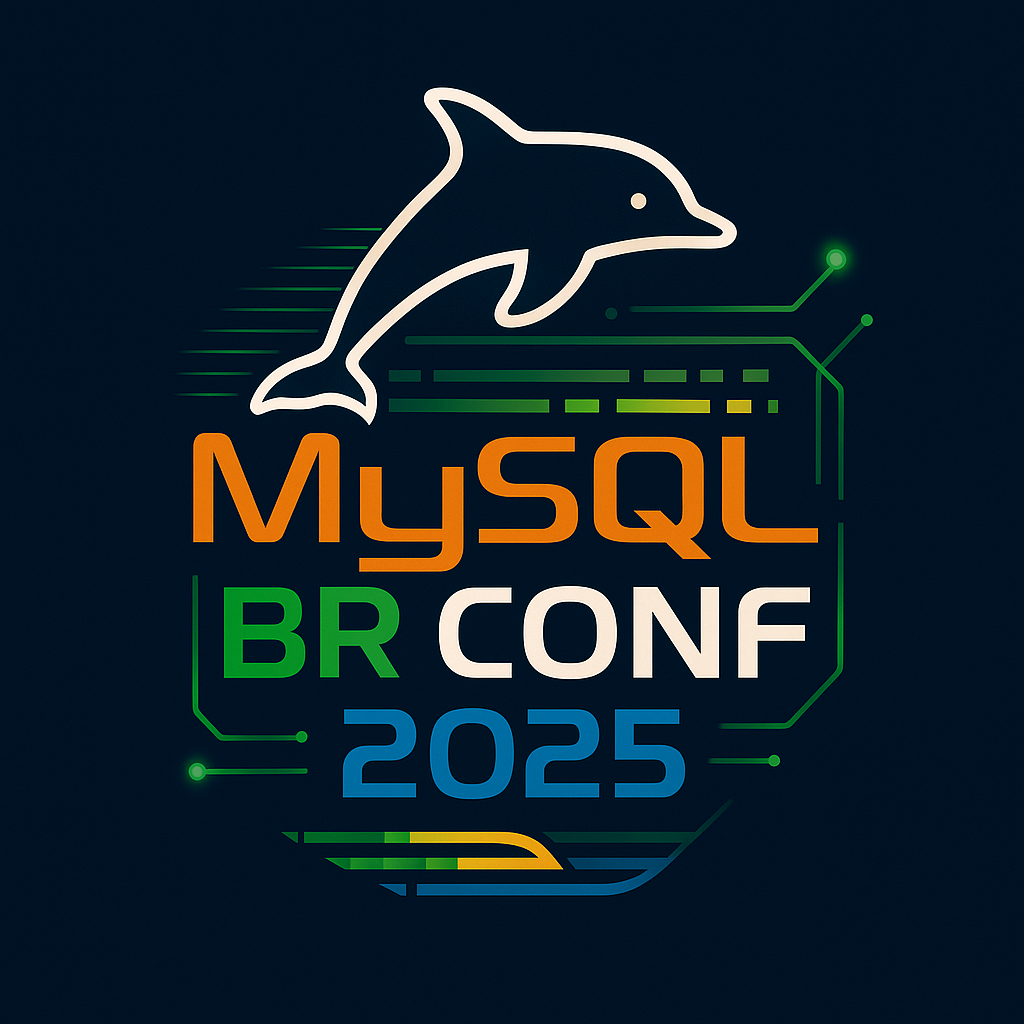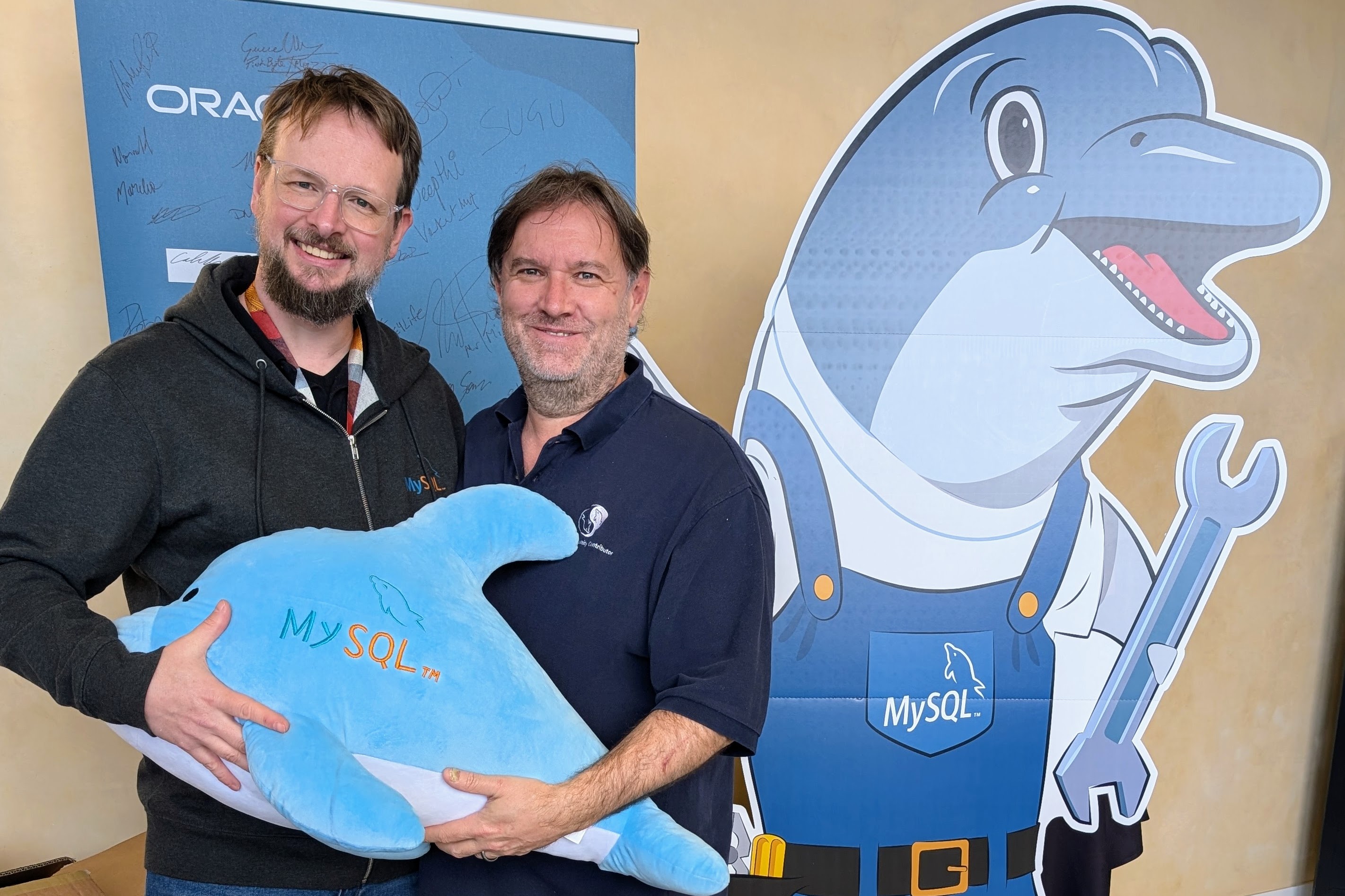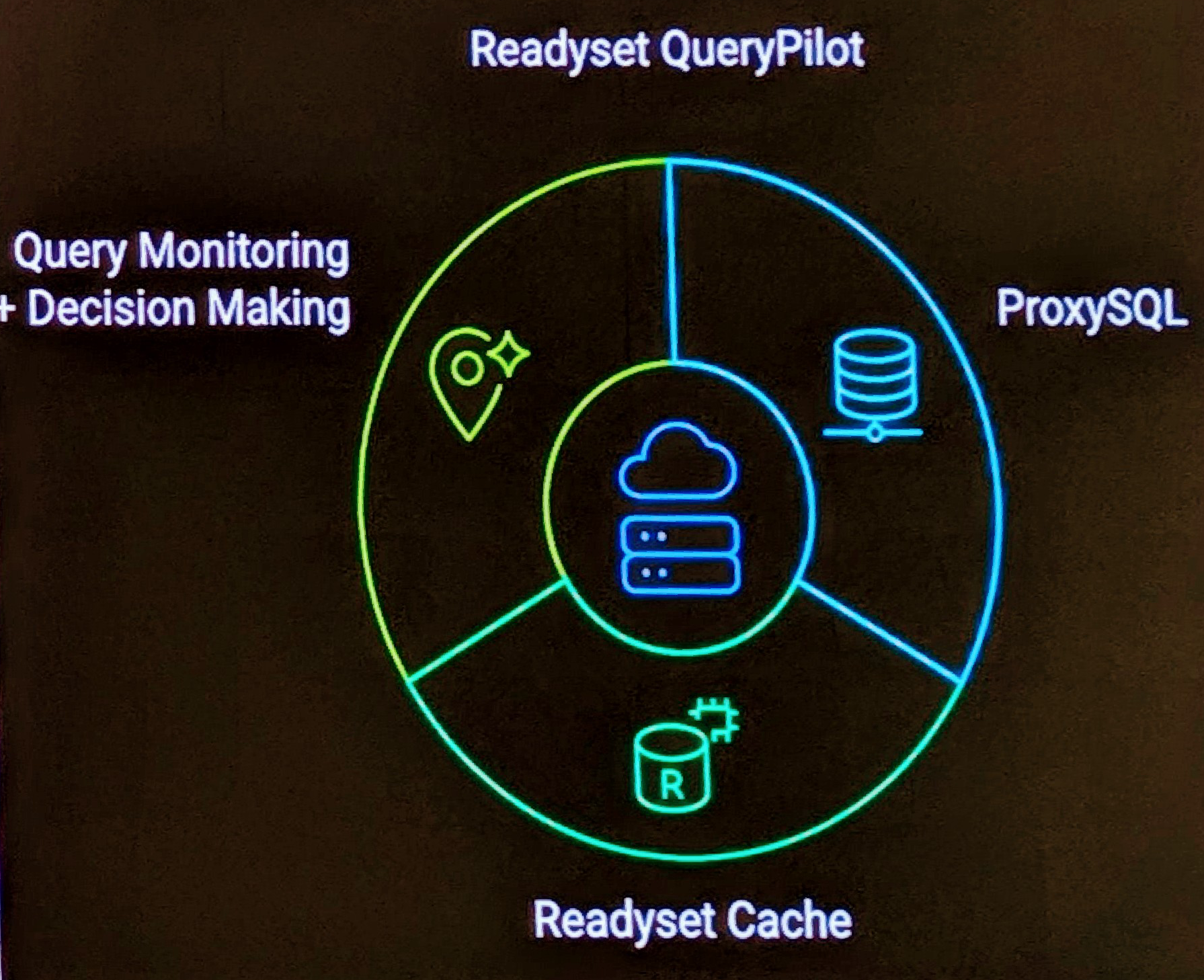Some interesting points from this ONLamp article on Myths Open Source Developers Tell Ourselves
Publishing your Code Will Attract Many Skilled and Frequent Contributors
Myth: Publicly releasing open source code will attract flurries of patches and new contributors.
Reality: You’ll be lucky to hear from people merely using your code, much less those interested in modifying it.
Feature Freezes Help Stability
Myth: Stopping new development for weeks or months to fix bugs is the best way to produce stable, polished software.
Reality: Stopping new development for awhile to find and fix unknown bugs is fine. That’s only a part of writing good software.
The Best Way to Learn a Project is to Fix its Bugs and Read its Code
Myth: New developers interested in the project will best learn the project by fixing bugs and reading the source code.
Reality: Reading code is difficult. Fixing bugs is difficult and probably something you don’t want to do anyway. While giving someone unglamorous work is a good way to test his dedication, it relies on unstructured learning by osmosis.
Packaging Doesn’t Matter
Myth: Installation and configuration aren’t as important as making the source available.
Reality: If it takes too much work just to get the software working, many people will silently quit.
It’s Better to Start from Scratch
Myth: Bad or unappealing code or projects should be thrown away completely.
Reality: Solving the same simple problems again and again wastes time that could be applied to solving new, larger problems.
Programs Suck; Frameworks Rule!
Myth: It’s better to provide a framework for lots of people to solve lots of problems than to solve only one problem well.
Reality: It’s really hard to write a good framework unless you’re already using it to solve at least one real problem.
I’ll Do it Right *This* Time
Myth: Even though your previous code was buggy, undocumented, hard to maintain, or slow, your next attempt will be perfect.
Reality: If you weren’t disciplined then, why would you be disciplined now?
Warnings Are OK
Myth: Warnings are just warnings. They’re not errors and no one really cares about them.
Reality: Warnings can hide real problems, especially if you get used to them.
End Users Love Tracking CVS
Myth: Users don’t mind upgrading to the latest version from CVS for a bugfix or a long-awaited feature.
Reality: If it’s difficult for you to provide important bugfixes for previous releases, your CVS tree probably isn’t very stable.


